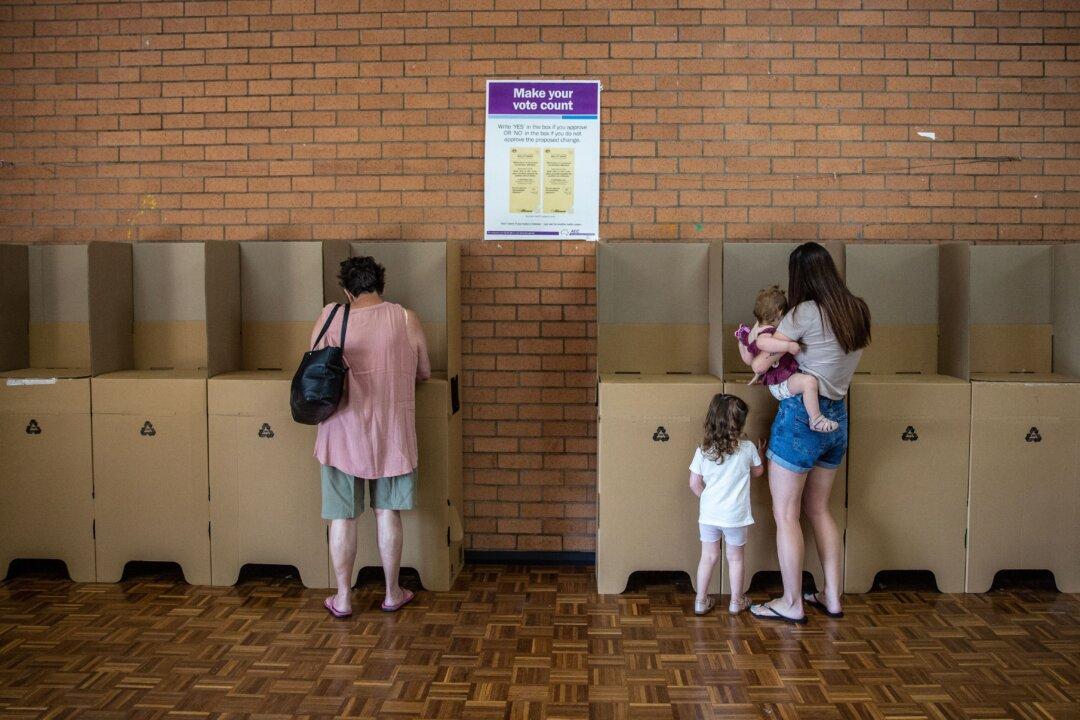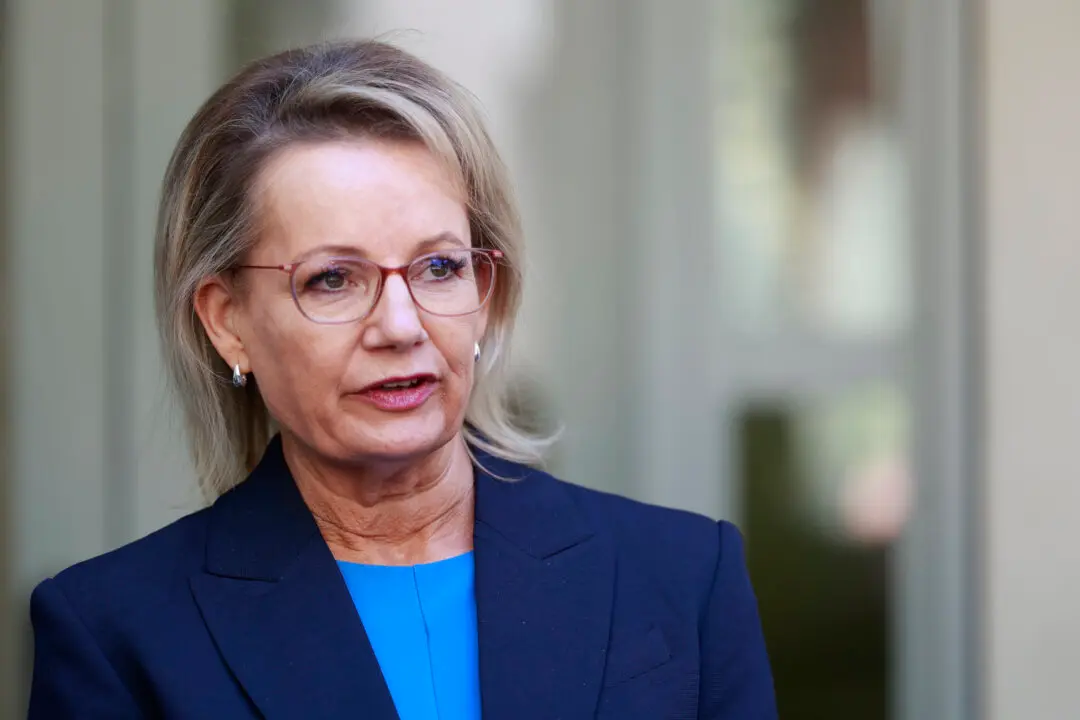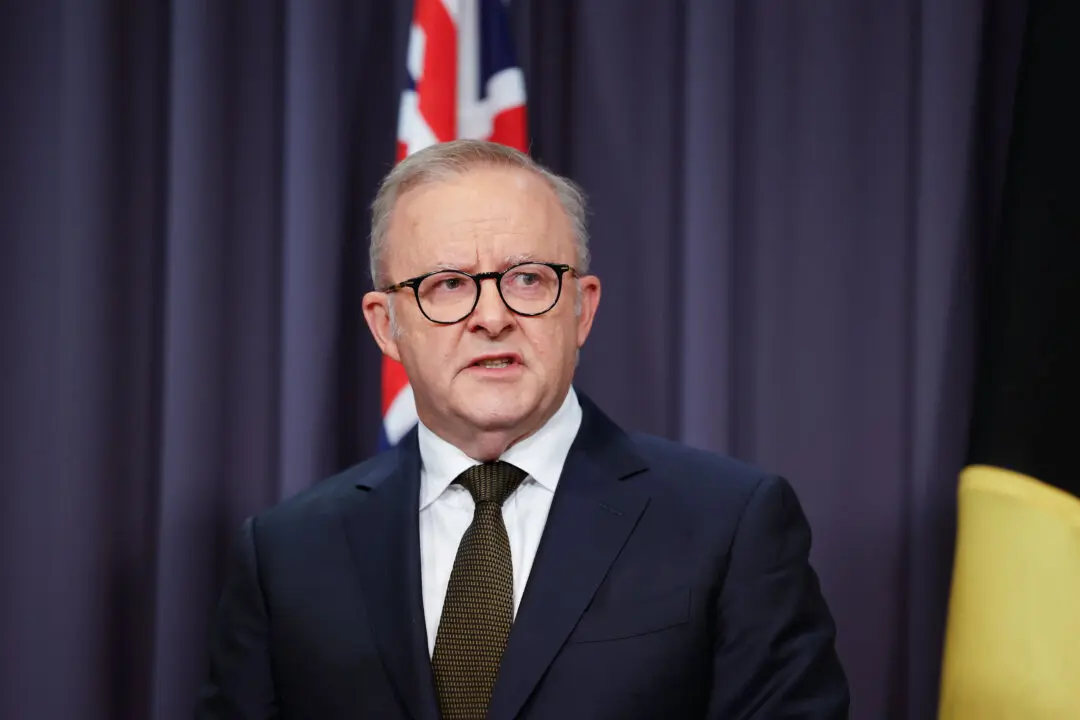As global voter turnout rates decrease, Australians continue to turn up at the booths to vote at consistent levels.
In a Parliamentary Senate Inquiry on electoral matters, Tom Rogers, Australian Electoral Commissioner, and Jeff Pope, Deputy Electoral Commissioner, said Australia has one of the best voter turnout rates globally thanks to high enrolment rates and compulsory voting. In 2022, the country saw 89 percent of voters cast their votes.





